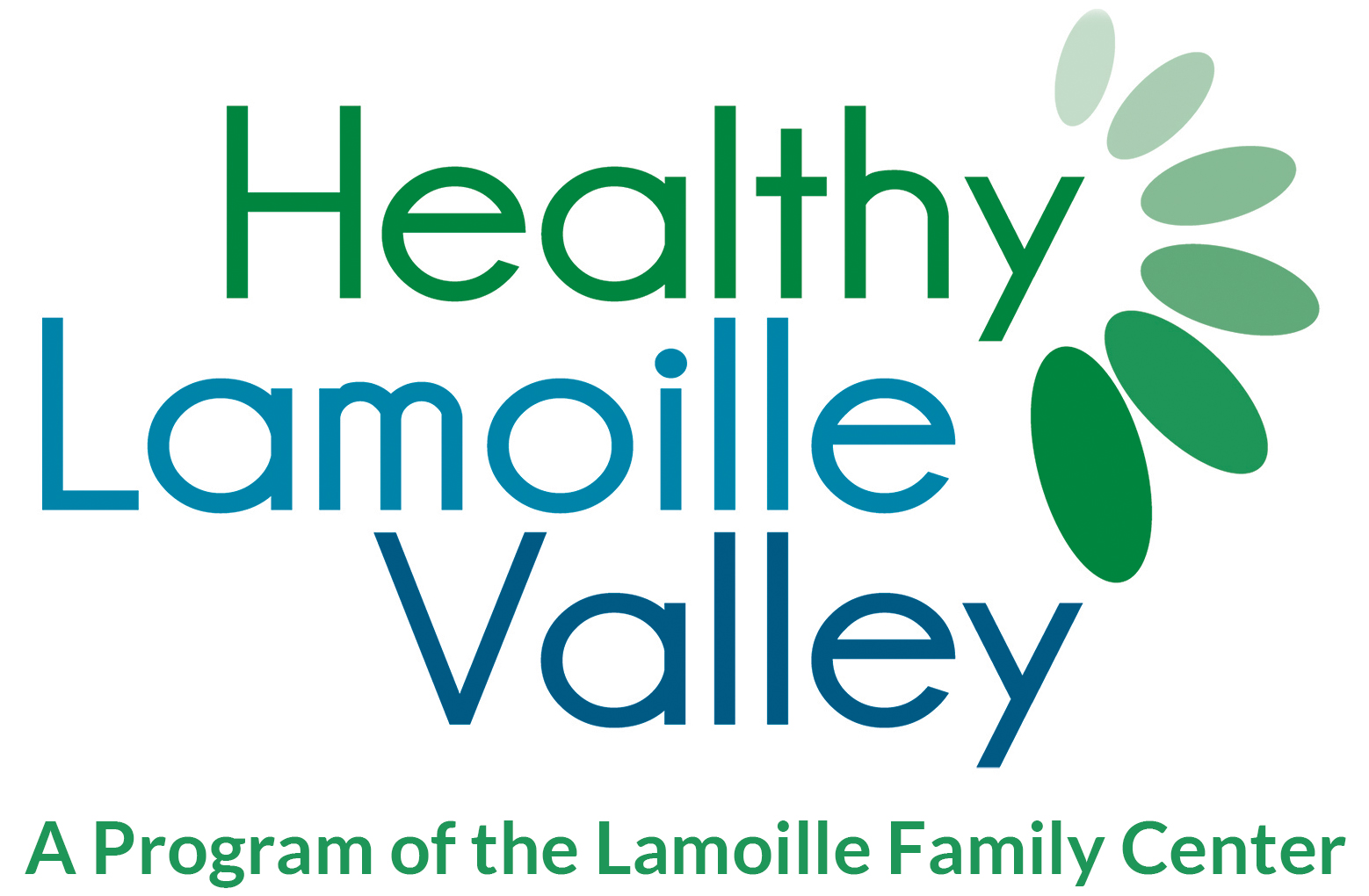“Normalize.” In prevention work this is a term that we’re using frequently, but what does it really mean when we use it? The following definition is from Webster’s College Dictionary.
nor•mal•ize (ˈnɔr məˌlaɪz)
v. -ized, -iz•ing. v.t.
1. to make normal.
2. to establish or resume (relations) in a normal manner, as between countries.
v.i.
3. to become normal; resume a normal state.
The portion of this definition that applies most to our work is this notion of “to make normal.” When something is normal, or a regular part of our life, it impacts us positively or negatively. We often don’t give much thought to the normal behaviors in our lives – they are just things we do. Habits really.
As we know habits can be good or bad, and it takes a lot of work to change habits. When we first start to create/change a habit it can seem odd and we’re apt to think a lot about it. However, once established it is the new normal becoming second nature or a normalized behavior.
As this is true for us on an individual level it is also true communally. When our community values something, we are much more likely to accept it. It relates to the old proverb, “Bad company corrupts good character.” If our community generally values choices that negatively impact health it’s much easier for us to make those choices. The flip side is if we live in a community that values health, it’s much easier to make that a routine part of our lives as well. The normalizing process doesn’t happen instanteously; it’s often a series of small steps leading to general acceptance. Peer pressure doesn’t end in high school.
Here’s an example from a recent conversation with my friend, Mary Jane that illustrates how the normalizing of alcohol played out in her life. “Growing up, alcohol was around at every social gathering. I saw everyone drinking and having fun. The alcohol was always there. I grew up associating fun and alcohol and didn’t see the two as separate. When I became a teen, our house would host all the teen drinking parties. My dad would collect all the keys. As an adult, I really struggled to realize that I could have a good time without alcohol. I look back and wonder why I couldn’t separate fun and drinking. But it is what I knew. The same thing applied to mourning. When there was a loss all it meant was we would drink more. It was a rude awakening when I realized I had never actually mourned the loss of some friends!! Now I let myself mourn. I feel very lucky. ” In this example alcohol use was normalized. Its regular presence was a normal behavior in her community that caused her to struggle.
One goal in prevention is to identify the negative normalized behavior and work to bring awareness which can help normalize positive behaviors that benefit our communities and youth. We can make a conscious decision to create spaces that are free from or have minimal negative normalizing impacts on our families.

